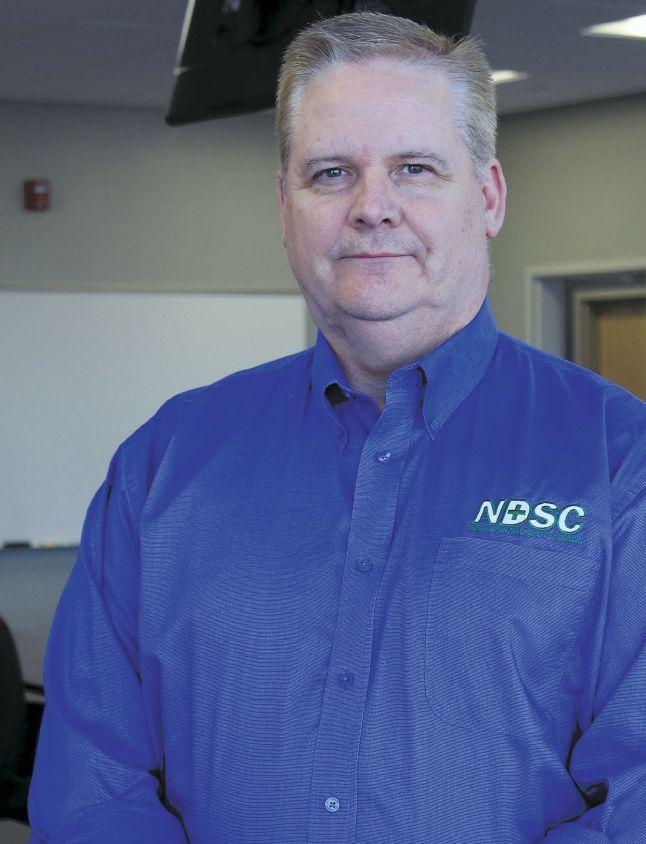
5 minute read
Active shooter events: How to prevent and prepare
By Don Moseman
BISMARCK, N.D. – The world in which we live has changed. People experience family pressures, financial crises and other emotional setbacks regularly. But the number of people whose stress is translating into violent acts taking place in our schools, workplaces and houses of worship is increasing, resulting in an alarming number of injuries and deaths.
The statistics are staggering, and all of us need to be prepared. As a society, we can surely debate how we arrived at this moment and how we can improve. But the focus for schools and businesses should be what steps need to be taken to mitigate the possibility of an active shooter event and how to prepare staff, students and employees to properly react.
A good place to start is mitigation principles. For schools, this comes down to three basic layers of protection.
• The first is physical security. Schools should have professional safety assessments performed to identify all potential hazards. In general, schools should have one controlled entrance, security cameras to monitor key assembly areas and identified safe rooms for students and staff to shelter-in-place.
• The second layer is one of behavior analysis. The FBI, U.S. Department of Homeland Security and other agencies have published a wealth of information on what is known about active shooters.
There are certain behaviors staff can be trained to identify so early intervention can take place.
• The final layer involves the students themselves. Schools should build programs to encourage students to be concerned about each other. Students also need to feel they have a means to notify staff of potential problems they observe among their peers. Active monitoring of social media is another key element of this layer.
One fundamental change we all need to embrace is that each threat received by police or staff should be treated as credible until it can be proven otherwise, instead of assuming it’s not credible until we can prove it is.
The next consideration should be emergency preparedness. A comprehensive Emergency Action Plan or EAP should include, at a minimum, procedures for fire evacuation, severe weather, bomb threats, suspicious packages, shelter-in-place, lockdown and active shooter. All school plans should follow the suggested protocols of the Department of Homeland Security.
Once the plan is developed, it should be practiced and drills scheduled to test employee knowledge and procedures. Employees should know exactly what their roles are in an emergency.
Employees should have professional training on their EAP and the Department of Homeland Security’s protocol for active shooter response. The department’s Run, Hide, Fight procedure should be used and understood by all employees and staff members.
We also need to acknowledge that active shooter events could happen in public spaces such as malls, stores and theaters. Each time you enter a public venue, make note of where your exits are, visualize your movements ahead of time and be prepared.
Remember, get out by any means necessary. If you cannot exit, shelter- in-place in a location where you are protected. If the shooter enters your space, look for any means of defense. This is the essence of Homeland Security’s Run, Hide, Fight protocol.
The evidence is clear: our schools are especially vulnerable to active shooter events. Since 1980, not a single fatality has occurred in a U.S. school as a result of a fire. In that same timeframe, hundreds of students and staff members have been killed in school shootings.
We’ve had our share of fires, but the schools had a plan, they practiced it, and staff knew exactly what to do. We need to apply the same training and resources to be prepared for active shooter events.
Making this paradigm shift is critical to saving lives.
Don Moseman
Training
director
North Dakota Safety Council donm@ndsc.org

Bismarck, N.D.
Moseman, a former state trooper, was recognized as the 2003 Law Enforcement Education Officer of the Year by the Bureau of Alcohol, Tobacco, Firearms and Explosives for his work in combating school violence.
He has taught nearly 200 Active Shooter and Violence Prevention courses in 17 states, and is a U.S. Department of Homeland Security-approved workplace and house-of-worship instructor.

Greater FM Economic Development Corp. names Lucy as interim president
FARGO, N.D. – Paul Lucy has been appointed interim president of the Greater Fargo Moorhead Economic Development Corp.
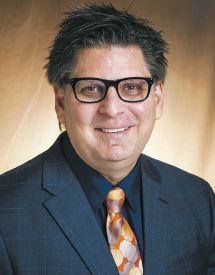
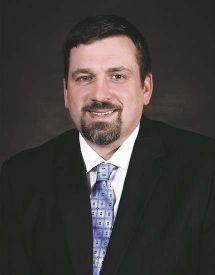
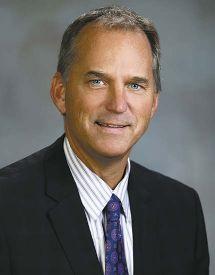
Lucy has 29 years of experience in economic development. He served as the director of the Economic Development & Finance Division of the North Dakota Department of Commerce from October 2006 to January 2017. Before his Department of Commerce work, Lucy had served as senior vice president of the EDC and as president of the Minot Area Development Corp.
Since April 2017, Lucy has been providing contract services to organizations seeking economic development expertise.
EDC President Jim Gartin retired effective March 15.
The EDC executive committee launched a search for a new president in January and hopes to have new leadership on board as quickly as feasible.
Wehe appointed as Altru’s new CEO
GRAND FORKS, N.D. – Brad Wehe, Altru Health System chief operating officer, has been chosen by the Altru board as the health system’s new chief executive officer, effective Jan. 1, 2019.
Wehe will succeed Dave Molmen, Altru’s current CEO, who has announced his retirement. Molmen will continue in his role until the end of this year.
The leadership succession plan has been in development for the past two years through the work of Molmen, Altru President Dr. Eric Lunn, the health system’s executive team and Altru’s board, Altru announced. Wehe began with Altru Health System in 1989 and has served in leadership positions since 1991, first as manager of outreach therapy services and occupational medicine and then administrative director of regional operations. In 2011, he became Altru’s chief operating officer.
Bertolini named dean of arts, humanities and social sciences at NDSU
FARGO, N.D. – David Bertolini has been named dean of the College of Arts, Humanities and Social Sciences at North Dakota State University. He has served as interim dean since July 2017 and was selected following a national search.
Bertolini joined NDSU in 2013 as professor and chair of the architecture and landscape architecture department. He worked with the department’s advisory board and faculty to develop a comprehensive fundraising campaign, bringing in $678,000 for scholarships and an endowed chair fund. He also developed a student recruitment and retention strategy to reverse the trend of declining enrollment in the field and to improve student retention. The plan has improved student retention and increased enrollment by 29 percent.
Bertolini came to NDSU from Louisiana State University, Baton Rouge, where he served as graduate coordinator and associate professor. Before that, he was a lecturer at Villanova University in Philadelphia. He also has worked as an architect for firms in Pennsylvania, New York and France.
Bertolini earned his bachelor’s degree at the University of Florida, master of architecture at Virginia Polytechnic Institute and doctorate in English from Temple University.
Greater North Dakota Chamber selects Spencer as president/CEO
BISMARCK, N.D. – Arik Spencer has been selected as the new president and CEO of the Greater North Dakota Chamber. Spencer had been serving as executive vice president of the North Dakota Motor Carriers Association, which represents North Dakota’s trucking industry. Before joining the NDMCA in 2013, Spencer spent seven years with the North Dakota Parks and Recreation Department, where he worked on public policy issues.
Spencer received his bachelor’s degree in business management from the University of Mary in Bismarck. He is a member of the Trucking Associations Executive Council, the Western Trucking Association Executives Council, the Upper Great Plains Transportation Institute Advisory Board and the North Dakota Workforce Safety and Insurance Coordinating Council.
Monsen promoted to market president at Cornerstone Bank
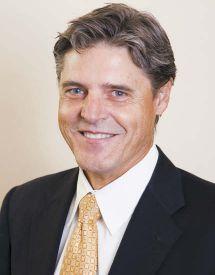
WATFORD CITY, N.D. – Vicki Monsen is the new Watford City market president for Cornerstone Bank. Originally from Watford City, Monsen joined the bank while still in high school through a vocational program with the Watford City High School. She returned to the bank as a full-time employee in January 1989. She has worked as a customer service representative, a real estate loan officer and most recently in the Finance Department as the controller.
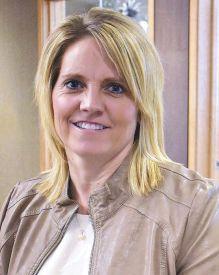
Monsen holds an associate degree from Interstate Business College and is a graduate of the Graduate School of Banking in Boulder, Colorado. She is also a graduate of Rural Leadership North Dakota and has served on the Rural Leadership North Dakota Council.












